
Excursion
You may choose between two options of excursion that are Seoul City Tour and Demilitarized Zone (DMZ) Tour, without additional fee. The excursion date is on November 5, and the brief information on each tour can be found below. Please note that your preferred tour type is honored though not guaranteed to be satisfied due to the limit on the number of persons. You may also choose not to have any tours.
OPTION 1: Seoul City Tour
Located at the heart of the Korean Peninsula, Seoul has always been an important strategic point throughout the centuries in terms of defense and the economy, from one kingdom to the next.
The three kingdoms of Baekje, Goguryeo, and Silla (BCE 57 – CE 688) all fought over the area that is now Korea’s capital.
Indeed, whichever kingdom claimed Seoul became the dominant power.
The Joseon Dynasty (1396 – 1910) declared Seoul its capital, a role that Seoul still plays to this day.
| Time | Itinerary |
|---|---|
| 12:00 ~ 13:00 | Lunch |
| 13:00 | Leaving B25-1 (Natural Science Building) |
| 14:00 ~ 15:30 | Gyeongbokgung The National Folk Museum of Korea |
| 15:45 ~ 16:30 | Insa-dong |
| 17:00 ~ 19:00 | Nanta Performance |
| 19:30 ~ 20:20 | Dinner |
| 21:30 | Arriving at Hoam Faculty House |
Gyeongbokgung
Gyeongbokgung (경복궁) was the first royal palace built by the Joseon Dynasty, three years after the Joseon Dynasty was founded. Built in 1395, Gyeongbokgung Palace was located at the heart of newly appointed capital of Seoul (then known as Hanyang) and represented the sovereignty of the Joseon Dynasty. The largest of the Five Grand Palaces (the others being Gyeonghuigung Palace, Deoksugung Palace, Changgyeonggung Palace, Changdeokgung Palace), Gyeongbokgung served as the main palace of the Joseon Dynasty.
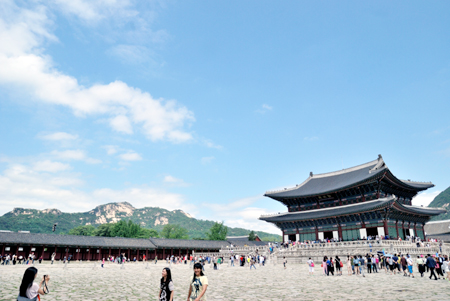
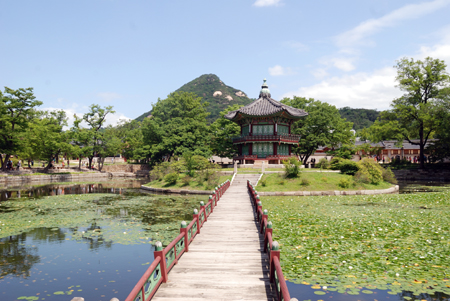
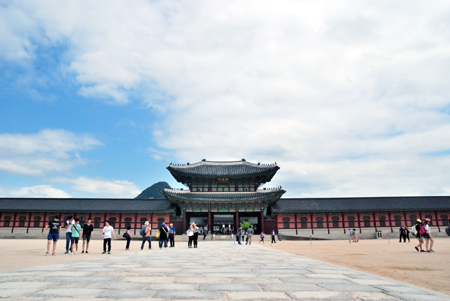
The National Folk Museum
The National Folk Museum of Korea (국립민속박물관) displays the culture and folk history of the Korean people from prehistoric times to the end of the Joseon Dynasty. The museum is situated in the precinct of Gyeongbokgung (Palace) which is a typical palace of the Joseon Dynasty. It holds a variety of seasonal exhibitions and events each year alongside a permanent exhibition. Each year more than two million visitors come to visit and explore the roots of the Korean life style.


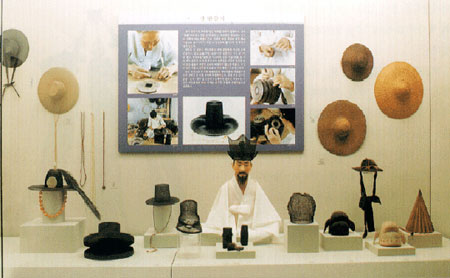
Insa-dong
Insa-dong (인사동) is a quaint neighborhood in the center of Seoul that transports visitors back to a time when women wore hanbok and men rode horses. With its wooden tea houses, boutique galleries and street vendors selling traditional snacks, a stroll through Insadong is mandatory for all visitors.
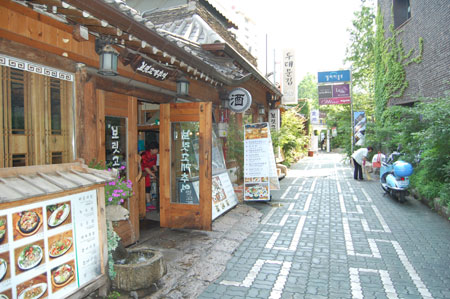
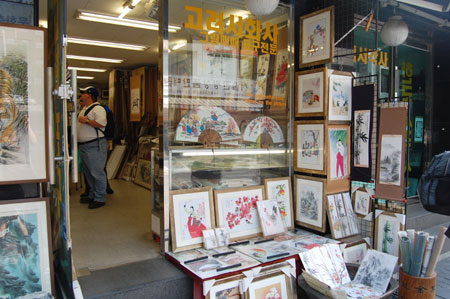
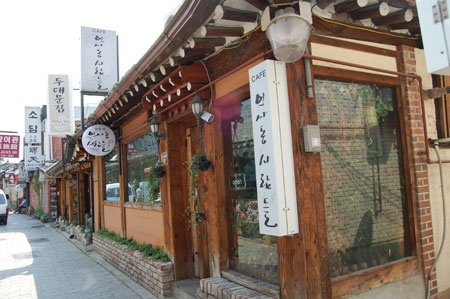
NANTA Performance
NANTA (난타) has been running since October 1997 and is the most popular show ever in Korea. It also has achieved outstanding international success having performed on Broadway and toured widely around the US and the rest of the world. It receives rave reviews wherever it performs and quickly sells out.
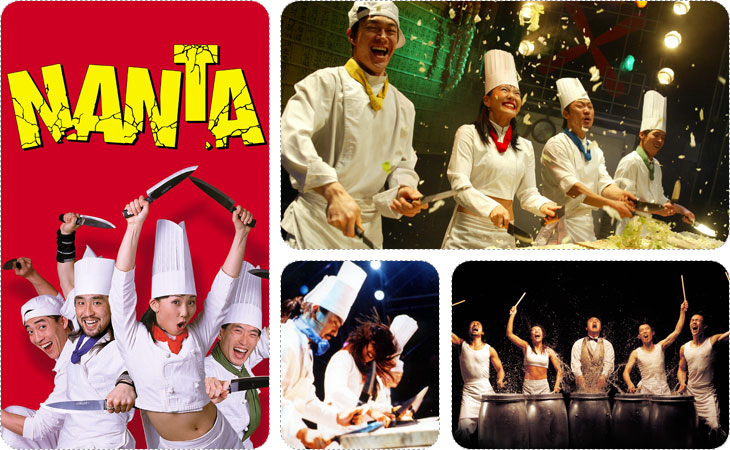
OPTION 2: Demilitarized Zone Tour
The armistice that put a halt to the Korean War (1950-1953) divided the Korean Peninsula into South and North Korea. The two sides are separated by the Korean Demilitarized Zone, or DMZ, running along the 38th parallel north. In accordance with the ceasefire, the DMZ serves as a buffer zone between South and North Korea to prevent direct military collisions. It spans between the Southern and Northern limit lines. The Southern Limit Line extends from Imjingang River in the west to Dongho-ri in the east. From the Military Demarcation Line, the South and the North created a buffer zone of two kilometers on each side. Because of the high risk of military conflicts in the area, a phase line was established to control civilian access.
Civilian access to the DMZ is strictly controlled. Certain areas restrict individual tourists from visiting the area on their own, making some tourist sites in the area available for sightseeing via a few DMZ tour packages offered by select travel agencies. Also, a visit to the DMZ often requires an ID card, passport, or other types of documentation for identity check purposes.
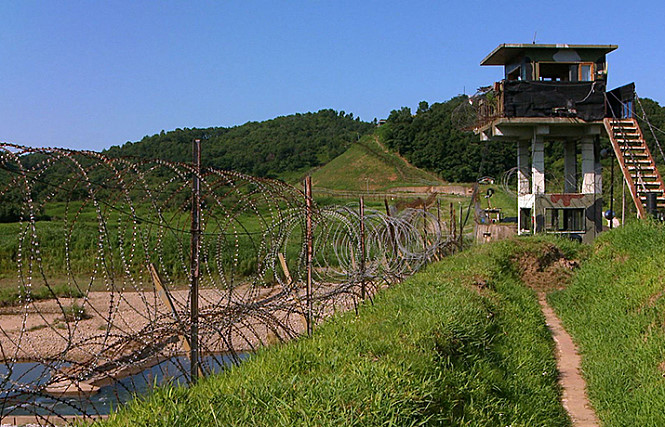
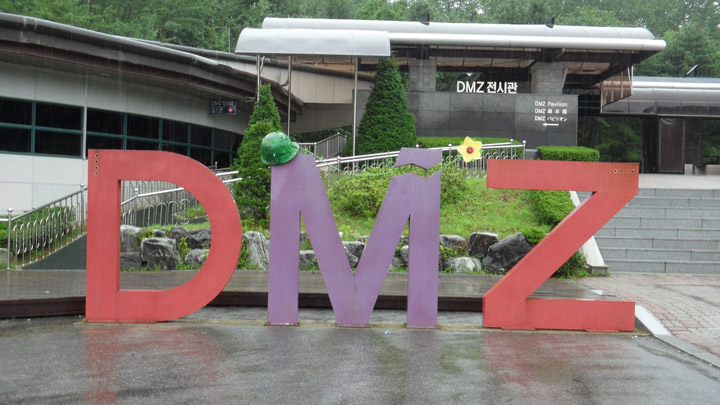

| Time | Itinerary |
|---|---|
| 12:00 | Leaving B25-1 (Natural Science Building) Lunch Box will be served. |
| 13:30 ~ 16:30 | Imjingak Park Freedom Bridge The 3rd Infiltration Tunnel Dora Observatory |
| 18:00 | Arriving at Hoam Faculty House |
| 18:00 ~ 19:00 | Dinner at Hoam Faculty House |
Imjingak Park
Imjingak (임진각), located 7 km from the Military Demarcation Line, is now at the forefront of tourism related to the Korean War. It was built in 1972 with the hope that someday unification would be possible.
400 kinds of photos and documents showing the stark reality of North Korea are displayed in the North Korea Center of Unification Board. Outside Imjingak, there are 12 kinds of tanks and crafts on display that were used during the war.



Freedom Bridge
Until 1998, the Freedom Bridge (자유의 다리) was the only bridge over Imjingang River. The Freedom Bridge got its name when 13,000 war prisoners shouted "Hurray Freedom!" as they returned home crossing the bridge following the Armistice Agreement in 1953. The bridge is located at Imjingak.



The 3rd Infiltration Tunnel
The 3rd Tunnel (제3땅굴) was discovered in 1978 by Korean forces. It spans over 1635m in length, 2m in width, and 2m in height and is located 52km from Seoul. It is estimated that approximately 30,000 soldiers could move through the tunnel per hour. Once the tunnel was found, North Koreans insisted it was intentionally made by us to invade North Korea, but, their insistence was proven untrue as the explosions used to make the tunnel face southward.



Dora Observatory
Situated in Paju (Gyeonggi-do) and at the northernmost point of the Military Demarcation Line of the Western Front, the Dora Observatory (도라전망대) replaced the previous Songaksan Observation Post which was closed. From the observatory, visitors can overlook North Korea and its various locations including Gaeseong, Songaksan, Kim Il-Sung Statue, and Cooperation Farm (Geumamgol).


|
Terms of Use | Privacy Policy Copyright (c) Korea Astronomy and Space Science Institute 2015. All rights reserved. 776 Daedeokdae-ro Yuseong-Ku, Daejeon, Rep. of Korea Tel. 042-865-3395 | Fax. 042-865-3396 | Email: apspm2015 (at) kasi.re.kr Business Registration Number : 314-82-06495 Name of Representitive : Hyung Mok Lee |



|